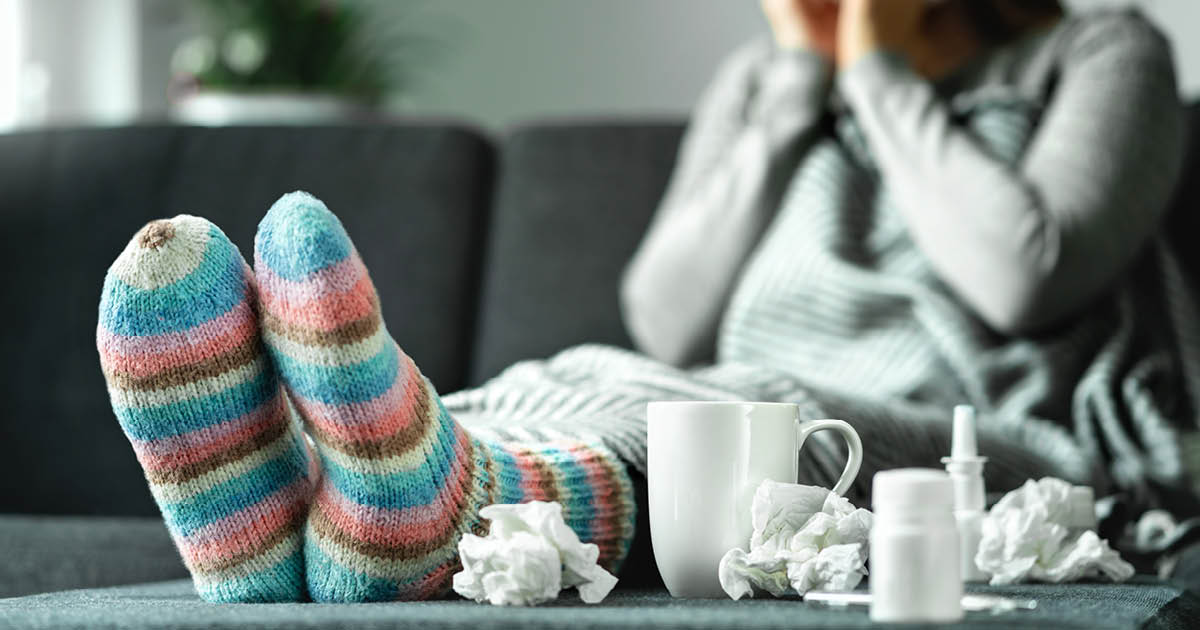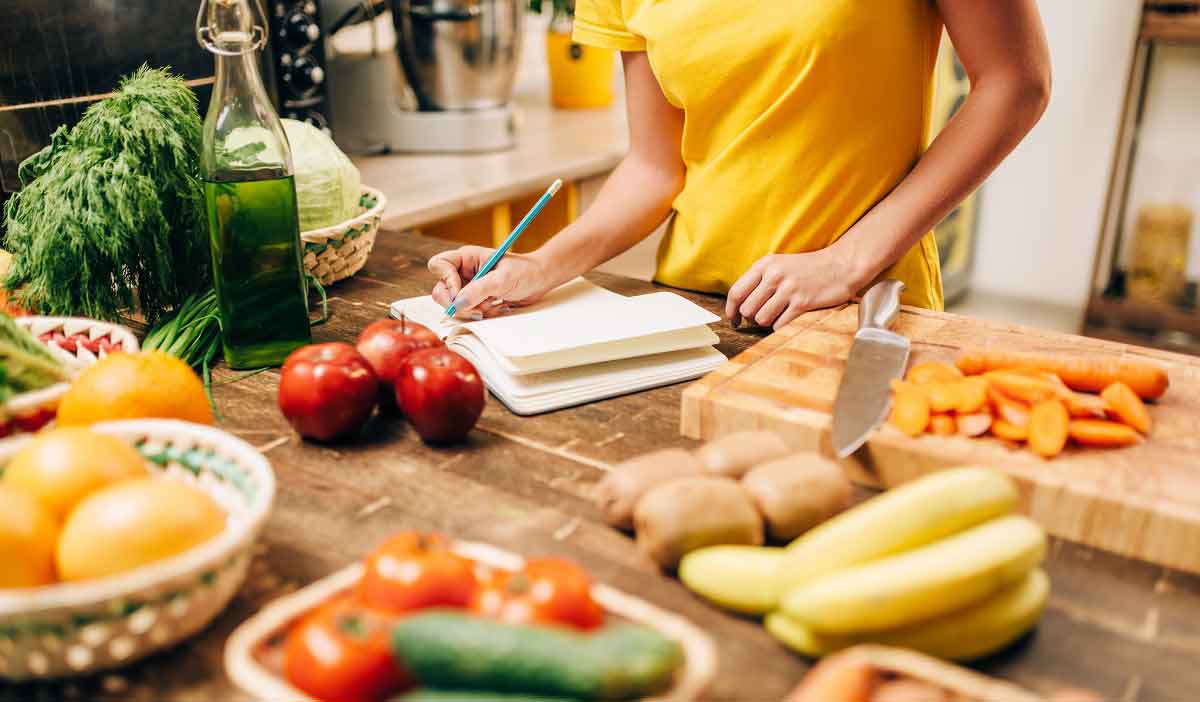With the trick-or-treating season upon us, it’s important to remember how to have a safe and healthy Halloween. From costumes to candy, learn how to best prepare your children for this Halloween season.
Safe costumes
The statistics for the number of accidents on Halloween are scary. From crowded streets to visibility issues, trick-or-treating can pose a threat to both your children and motorists. As children go from one house to the other, intersections and road crossings can quickly be crowded with families. As a motorist, it’s important to be extra aware of your surroundings, and avoid busy trick-or-treating areas if at all possible. As a parent, help your children have a safe Halloween by following these costume safety guidelines:
- Make sure children can be seen, especially at night. Brightly colored costumes make it easier for children to be spotted. Try attaching reflectors to costumes or bags, or even give your children glow sticks to help them stand out in the dark.
- Avoid masks if possible. While masks are fun and a very popular costume item, they can be dangerous for trick-or-treaters. Masks can obstruct vision and make children more susceptible to injuries, accidents, and getting lost.
Additional costume safety tips include:
- Check your Halloween makeup and props. Fake blood, colorful makeup, and fake teeth can be the perfect touch to any costume, but can also be potentially toxic. Be sure to look at the packaging to see if it’s labeled as “non-toxic”. And always test the product on a small area of the skin to make sure it doesn’t have a bad reaction.
- Check wigs, costumes, and other Halloween costume props for flammability hazards. Most costumes should be fire-resistant, but always double check!
Checking the candy
When the trick-or-treating has ended, your children will most likely be thrilled to start digging into their newfound candy stash. It’s important to take some time to sort through their candy with them to point out what is safe to eat and what should be thrown away.
Follow these simple tips for safe candy:
- Examine all candy for unusual appearance or signs of tampering.
- Discard all candy that appears to be opened or has packaging damage.
- Do not eat any homemade treats, unless you personally know who made them.
- Remove choking hazards such as gum and hard candy for younger children.
- Remind your children not to accept anything that isn’t pre-packaged or properly wrapped, and always wait to eat anything until after it has been examined by an adult.
- If you are ever unsure about a certain treat, throw it out. It’s always better to be safe than sorry.
Having a healthy Halloween
While the trick-or-treating fun only lasts for a couple of days, your children’s candy should last longer than that. The key to a healthy Halloween is to make sure your children are not overeating their sweets. Help them learn to properly portion out candy. You can even show them how much longer their candy will last when they have a little serving each time. This will keep your children from feeling sick and will lessen the toll too much sugar can take on the body.
Alternatives to candy: The Teal Pumpkin Project
The Teal Pumpkin Project is an effort to raise awareness about food allergens by providing trick-or-treating alternatives so that all can participate in the fun.
If you see a teal pumpkin, it is a good indication that the house is providing another option besides candy for trick-or-treaters. Alternative items can include non-food options like stickers, small toys, and pencils. Or it could include allergen-conscious food options like nut-free, gluten-free, and dairy- or soy-free treats.
Be the first in your neighborhood to participate in this global movement. Mark your porch with a teal pumpkin and provide alternatives to candy to help include those with allergen-restrictions while also limiting the excess amount of candy children receive.
Enjoying the Halloween fun
It’s important to have a safe and healthy Halloween, but it’s also important to have fun too. Help prepare your children ahead of time with the tools and knowledge they need for a safe Halloween so they can enjoy trick-or-treating.
You might also like:
- Four tips to get your kids to eat healthy food
- Does buying organic make a difference?
- Everyone needs a flu shot- and, why now is the right time





